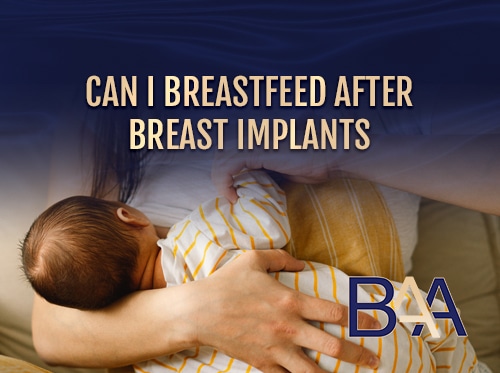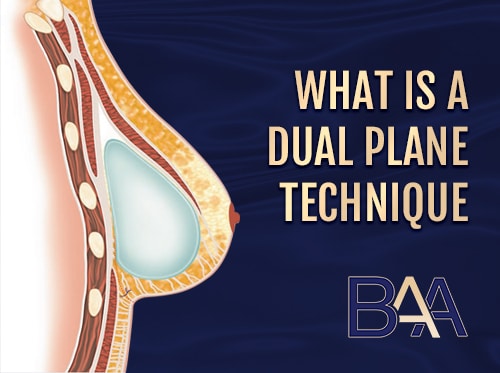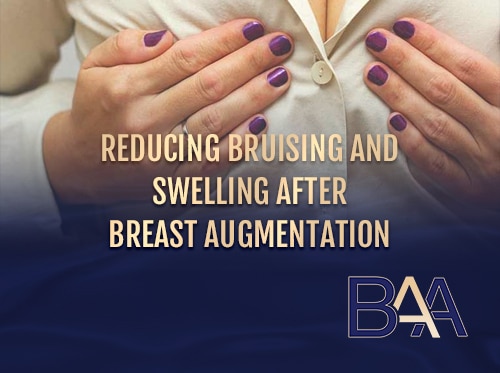How Long Do Breast Implants Last?
While it’s unrealistic to anticipate breast implant lasting a lifetime, the exact duration of their longevity remains uncertain and vary widely among individuals.
Several factors may lead to implant removal, with or without replacement. These include implant complications like capsular contracture, rupture, BIA-ALCL, rippling, malposition, and trauma to the implant, among others. Taking care of the implants reduces the risk of these complications and ensures the implants last longer.
Learning how long breast implants last, the reasons for removal or replacement, and how to ensure implants last longer is vital before breast augmentation.
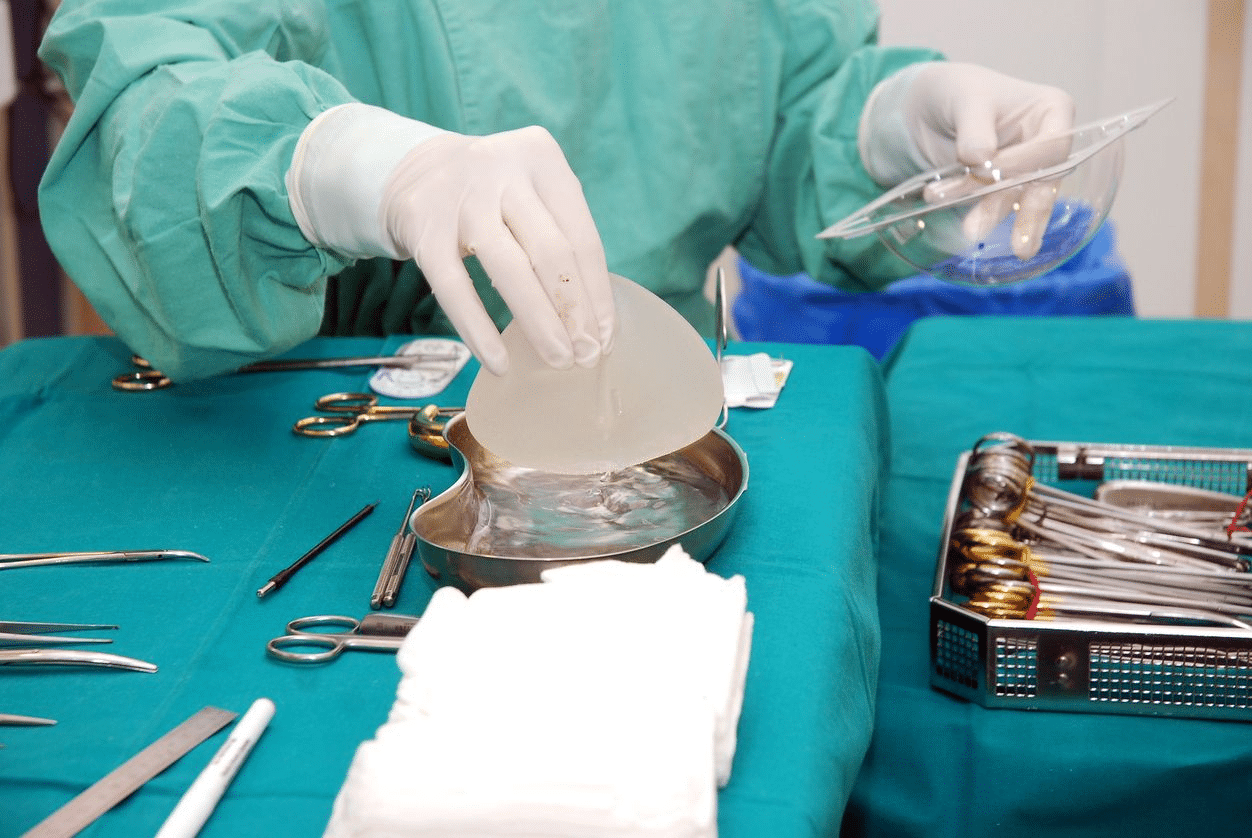
Do Breast Implants Last a Lifetime?
You can’t expect that the breast implants will last you a lifetime but no one knows how long they last. Therefore, implants will require removal or replacement sometime during their lifetime. However, breast implants don’t have an expiration date of 10 years, as many individuals suggest.
Ideally, studies show that after ten years from the initial surgery, one in five patients (20%) will require revision surgery due to breast implant complications. This means 80% of breast implant patients are okay even after ten years. Therefore, you don’t have to change breast implants after ten years unless you have complications since reoperation poses additional risks. In addition, modern breast implants utilise advanced technology, ensuring a prolonged lifespan than older generation implants.
Just like Dr. Beldholm says, “Despite the ten-year lifespan suggested by most practitioners, taking good care of the implants can prolong their lifespan, ensuring they remain in shape for two decades or more. Different patients react differently to breast implants, reducing or increasing the risk of complications. This will lead to different implant lifespans in patients.“
Does the Implant Type Determine the Implant’s Lifespan?
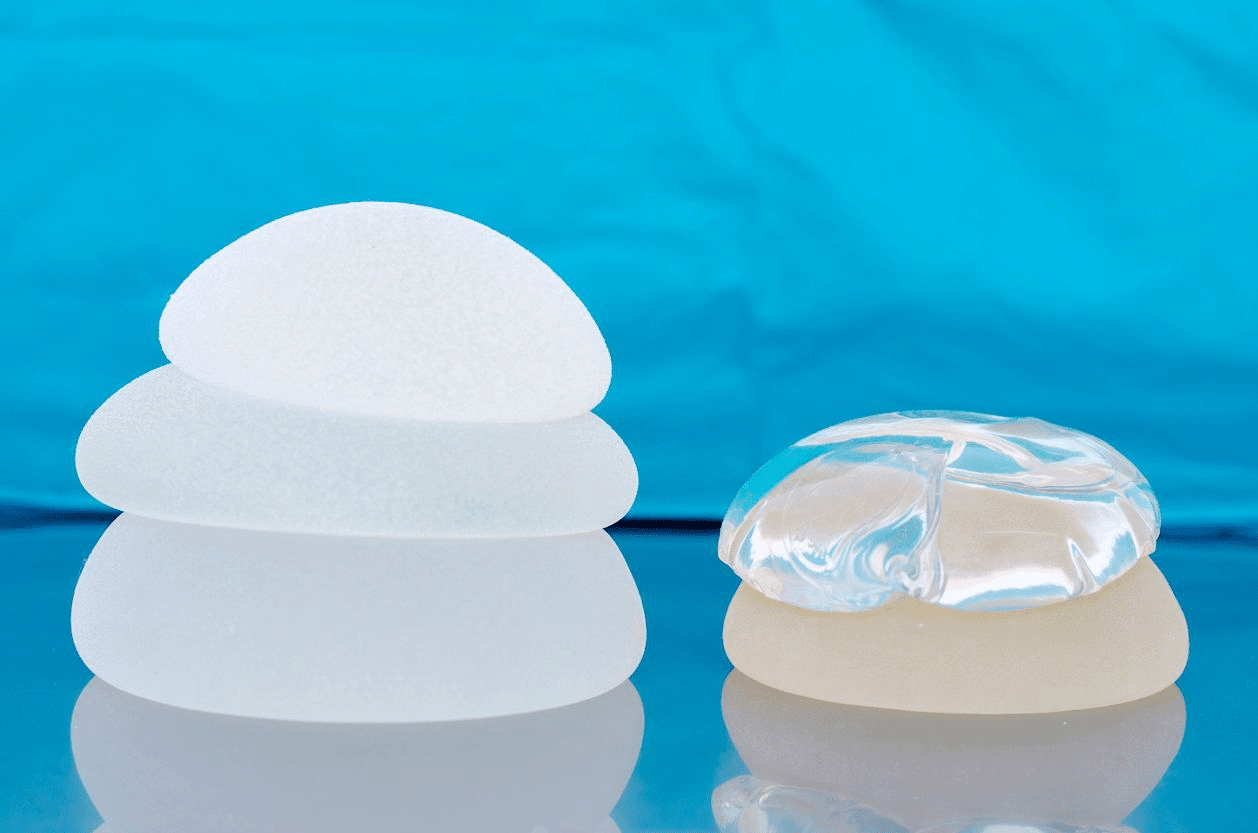
If you’re an implant-based breast augmentation patient, you may want to ensure you get the breast implant offering the maximum lifespan. The main type of breast implants are saline and silicone implants. However, there are different types of breast implants, depending on the brand, shape, or texture.
In terms of shape, implants are either round or teardrop-shaped (anatomical), while texture, there are smooth and textured implants. In addition, breast implants have a range of sizes.
Silicone breast implants are silicone-filled with a silicone outer shell. They have a more natural look and feel than saline breast implants. On the other hand, saline implants contain a silicone outer shell filled with a saline solution, sterile salt water. They often require smaller incisions than silicone implants. Saline implants are either pre-filled or filled during the breast implant procedure.
Various factors, including complications, can affect the lifespan of breast implants. Different implant types have different risks of complications. For example, smooth breast implants are more likely to experience malposition than textured implants, and saline implants have an increased risk of implant rupture compared to silicone implants. In addition, BIA-ALCL is a risk in patients with macro-textured breast implants.
The risk of reoperation is 31.6% in 10-years after surgery. However, both types of breast implants have approximately the same lifespan. The 5th generation silicone breast implants, made of highly cohesive silicone gel, have an increased lifespan.
How Can You Know The Implant Type You Have?
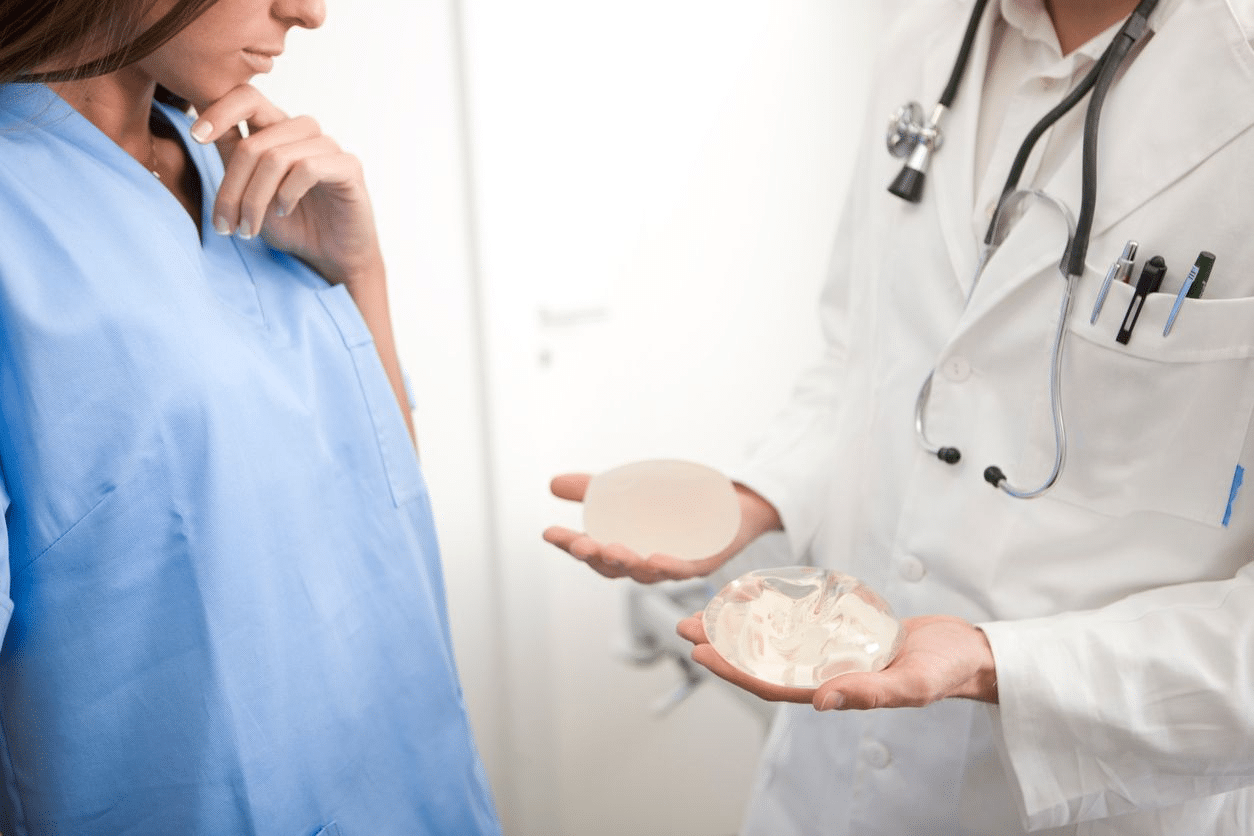
There are a few ways you can know your breast implant type. These include:
- Check on the patient’s implant card given to you by the surgeon or contact the surgeon who conducted the surgery.
- Contact the medical records department of the hospital where you underwent surgery.
- Check with the Australian Breast Device Registry, if the surgery was from 2015 onwards or the Australian Society of Plastic Surgeons if the surgery was before 2015.
Signs That You Need Removal or Replacement of Breast Implants
Implants need replacement once they reach the specified lifespan. However, there are instances when you need to undergo implant replacement due to other factors. Below are some reasons which might necessitate implant removal before the end of the implant’s lifespan.
Breast Hardening Due to Capsular Contracture
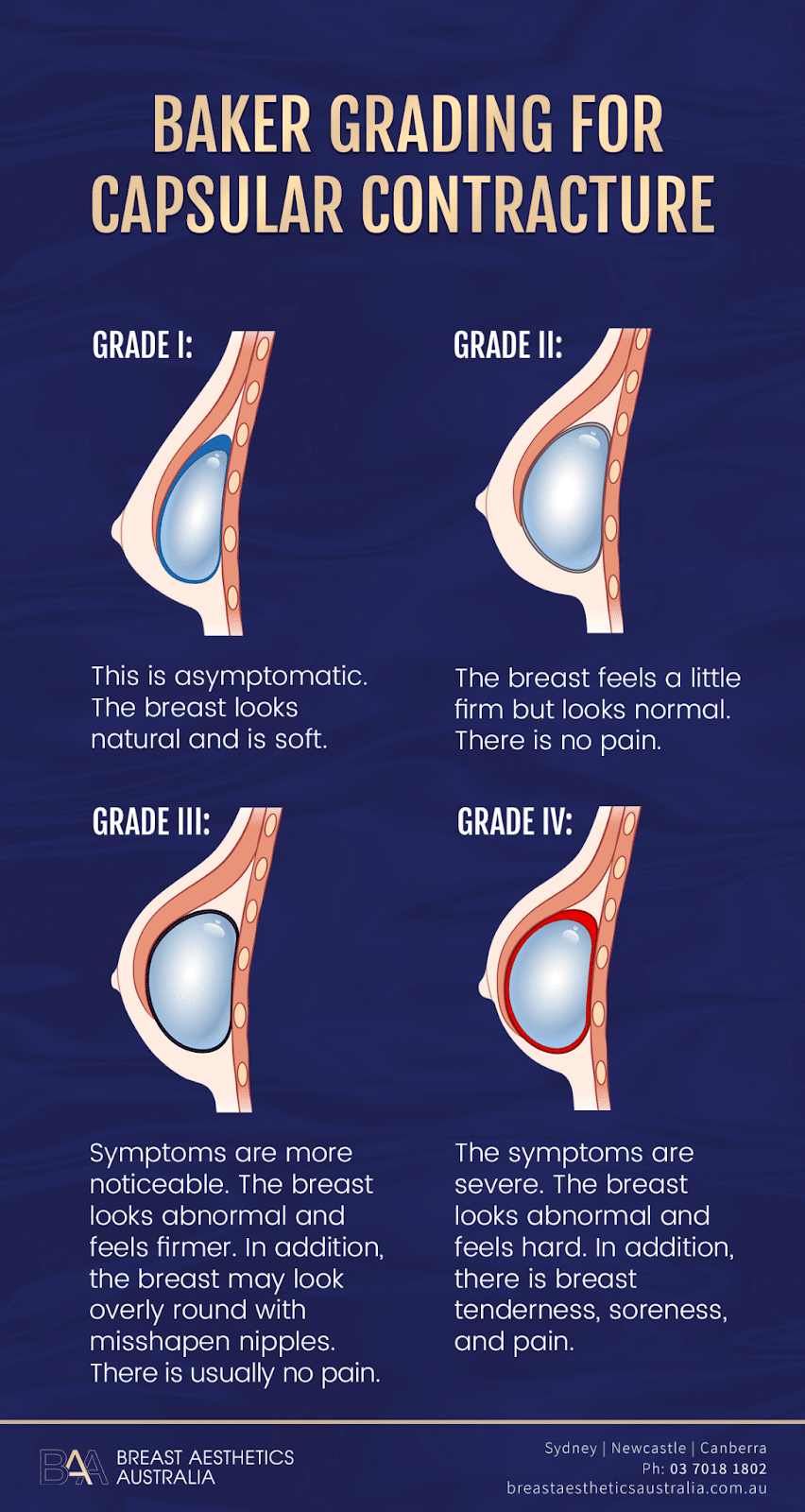
Capsular contracture is the leading cause for revision procedures following breast augmentation with 13.5% rate in 10 years. It causes the capsule, scar tissue surrounding the implant, to harden. This leads to chest and breast pain, tenderness, and deformity due to shape and size changes. Capsular contracture can occur in one or both breasts.
There’s no agreement on the causes of Capsular contracture. Some of the theories advanced to explain its occurrence include bacterial infection during insertion, Haematoma, and the patient’s predisposition. Treatment of capsular contracture involves removing the breast implants and the surrounding scar tissue and replacing them with new implants.
Studies show that textured and smooth breast implants have similar rates of capsular contracture. However, Polyurethane breast implants had the lowest capsular contracture rate, but are no longer available for use in australia. Note, capsular contracture can occur immediately after surgery or years late and can reoccur after treatment. The risk of capsular contracture is higher after revision surgery and most frequent after breast reconstruction.
BIA-ALCL

BIA-ALCL (Breast Implant-Associated Anaplastic Large Cell Lymphoma) is a rare cell cancer that develops due to breast implants. However, it is not breast cancer but a cancer of the immune system. The risk of developing BIA-ALCL is 0.003% .
The common signs and symptoms of the complication include pain and swelling, lumps, and rashes around the armpits and breast area. The swelling and lumps result from fluid build-up around the breast implant. BIA-ALCL treatment involves implant removal together with the surrounding tissue, followed by reconstructive surgery.
Most cases of BIA-ALCL were identified in patients with a specific brand of macro-textured breast implants. The Australian government and TGA banned the use of the implant in Australia. This type of illness could lead to implant removal.
Implant Rupture
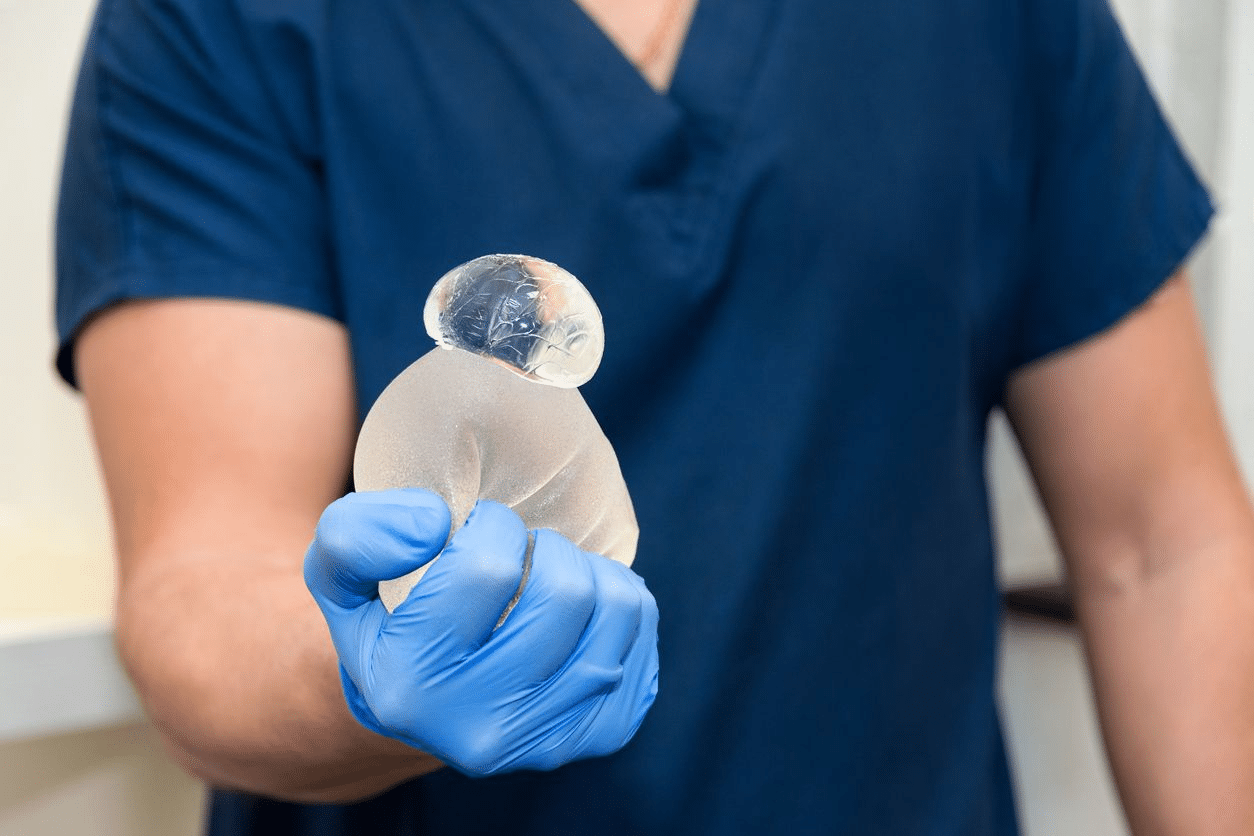
Implant rupture occurs when the breast implant tears or breaks, releasing the contents inside to the surrounding breast tissue. The risk of saline and silicone breast implants rupture is 8.7% in 10-years after breast augmentation surgery.
Implant rupture, especially in saline implant rupture, leads to sudden breast shape and size loss. Saline implant ruptures are more diagnosable and less dangerous because the saline solution is sterile. However, silicone implant rupture, also known as a silent rupture, is hard to detect because it leads to no noticeable change in breast size. Treatment of breast implant rupture involves additional surgery for implant removal and replacement.
Implant Malposition
Malposition occurs when the implant moves, changing the original position inside the breast pocket. Implants can change position due to rapid weight loss, gravity, or capsular contracture, among other factors. The common types of malposition include;
- Inferior malposition (bottoming out)
- Lateral malposition
- Superior malposition
- Medial malposition (symmastia)
To treat malposition, the surgeon may recommend revision surgery to reposition the breast implant. The surgeon can also recommend implant replacement using a different implant size.
Breast Rippling
Wrinkles or ripples may develop around the breast. You can feel the ripples on the skin and, in extreme cases, see them. Ripples may result from weight changes or loss in the volume of the scar tissue or saline implant. The patient needs to undergo revision surgery to correct this condition.
Breast Tissue Changes
With age, the breast tissue may experience changes due to hormones or loss of elasticity. Pregnancy can also cause changes in the breast tissue. These will result in breast sagging. The surgeon can recommend mastopexy (breast lift) or revision surgery to correct sagging breasts.
Personal Choice
Many patients are satisfied with the outcome of the breast surgery. However, a few may be dissatisfied with the results and consider revision surgery. This can involve changing the technique or breast implant type and size.
Other Reasons Leading to Implant Removal
Apart from the reasons above-mentioned, other problems would lead to implant removal. These include;
- Loss in nipple sensation
- Chronic breast pain
- Breast asymmetry
- Hematoma
- Double capsule
What to Expect during Revision Surgery
Revision surgery involves various surgical options depending on the patient’s preference, the surgeon’s advice, and the reason for the breast augmentation procedure. The surgeon can either perform,
- Implant removal and replacement
- Implant removal without replacement
- Implant removal and breast lift
- Implant replacement without a breast lift
However, if the surgeon removes the breast implant alone, the procedure can cause cosmetic abnormalities. These include breast sagging, dimpling, asymmetry, or deflation. Therefore, the surgeon will mostly recommend replacement with the same implant size unless a different size is the most suitable.
You can have replacement surgery with a different surgeon from the one that carried out the primary procedure. The recovery after revision surgery differs in different patients.
How to Prolong Your Implant’s Lifespan
Additional surgeries after primary breast surgery are riskier and may pose more complications. Therefore, every patient should prioritise prolonging their implant’s lifespan. Taking proper care of your breasts will extend their lifespan. But how do you do it?
Avoiding Pregnancy in the First 12 Months After Surgery
Pregnancy will lead to weight changes, affecting the breast during healing. It can also result in changes in breast size. This way you’ll not need to remove your implants soon after breast augmentation in Newcastle.
Wearing a Bra
After enhancement in breast size, you may be tempted to go braless. However, wearing a surgical bra during recovery and fitted bras after recovery is essential to protect the breast from gravity. You can, however, go braless occasionally.
Avoid Strenuous Exercises Immediately After Surgery
It is essential to ease into exercise gradually. You should avoid exercise during the first few weeks after surgery. Take it slow until you fully recover.
Avoiding Large Weight Fluctuations
Rapid weight loss or gain can cause breast sagging. You should maintain your weight within a 5kg range to preserve the surgery results.
Following the Post-operative Instructions
After surgery, the surgeon will provide instructions to care for the implants. You should follow all the instructions to enhance recovery and reduce the risk of developing complications. These instructions involve wearing a supportive garment, avoiding strenuous activities, taking medications, and more.
Sleeping on the Back
Sleeping on the back reduces the pressure on the breasts, enhancing recovery. Ideally, avoid sleeping on your stomach or side until the surgeon allows you.
Regular Breast Screening
“Breast screening, mammography, or MRI scan will help detect any complications in their early stages. This will ensure earlier treatment and reduce the need for additional surgeries, prolonging the implant’s lifespan. Patients with silicone breast implants should undergo screening five years after breast surgery and two years after.” Says Dr. Bernard.
Choosing the Right Surgeon
The surgeon’s expertise will determine the overall results after any breast surgery procedure. Therefore, choosing an experienced surgeon is crucial. If you are looking for breast augmentation in Newcastle, Sydney or canberra Dr. Bernard Beldholm MBBS B.Sc (Med), FRACS, CEO & Specialist Surgeon.
FAQs
Should I Replace Implants Immediately After 10 Years?
The answer to this question varies in different women. Unless your implants have issues, you may not have to replace them after 10 years. This will help avoid additional risks associated with revision breast surgery.
Many women can go for more than 10 years without revision surgery. However, you should consult with your surgeon. You can also undergo screening to determine the safety of the implants.
What Happens if You Do Not Remove Aged Breast Implants?
The main cause of implant removal, besides ageing, is complications. The risk of complications increases with implant age. Therefore, if you do not remove aged breast implants, you increase the risk of complications like implant rupture. However, implants can still be safe past 10 to 20 years.
Do Breast Implants Have a Warranty?
Some breast implants have a life warranty. In some cases, insurance companies may cover the cost of implant removal and replacement of implants in patients with implant rupture, capsular contracture, and BIA-ALCL.
What to Do In Case You Have an Issue with Your Implants
If you are concerned about your breast implants, the first step is to contact your surgeon. The surgeon will advise on what to do. This may include physical consultation and breast screening. The surgeon can recommend revision surgery if the breast implants have an issue.
However, if you do not want the implants, the surgeon can perform an implant removal procedure without breast implant replacement. You can also opt for a fat grafting technique or breast lift to avoid sagging breasts and other aesthetic abnormalities resulting from the procedure.
Bottom Line
So, how long do breast implants last Australia? Despite breast implants not expiring, they will not last forever and will require removal or replacement at some point during their lifetime. Apart from normal implant ageing, other factors, like implant complications, affect the implant’s lifespan.
Aged implants and those affected by complications should be removed, with or without replacement. However, implants can surpass 10 years without the need for replacement. The 10 years period is just but a myth. Proper care of the implants after breast augmentations helps prolong the lifespan.
References
- Patel, B. C. (2022, August 1). Breast implants. StatPearls – NCBI Bookshelf.
- Goodman, C., Cohen, V., Thornby, J., & Netscher, D. T. (1998). The Life Span of Silicone Gel Breast Implants and a Comparison of Mammography, Ultrasonography, and Magnetic Resonance Imaging in Detecting Implant Rupture. Annals of Plastic Surgery, 41(6), 577–586.
- Tervaert, J. W. C., Mohazab, N., Redmond, D., Van Eeden, C., & Osman, M. S. (2022). Breast implant illness: scientific evidence of its existence. Expert Review of Clinical Immunology, 18(1), 15–29.
- Qureshi, A. G., Myckatyn, T. M., & Tenenbaum, M. M. (2018b). Mastopexy and Mastopexy-Augmentation. Aesthetic Surgery Journal, 38(4), 374–384.
- Bachour, Y. (2021). Capsular contracture in breast implant surgery: Where are we now and where are we going? Aesthetic Plastic Surgery.
- Deva, A. K., Turner, S. D., Kadin, M. E., Magnusson, M. R., Prince, H. M., Miranda, R. N., Inghirami, G., & Adams, W. M. (2020). Etiology of Breast Implant-Associated Anaplastic Large Cell Lymphoma (BIA-ALCL): Current directions in research. Cancers, 12(12), 3861.
- Grover, V., Tognarelli, J. M., Crossey, M. M., Cox, I. J., Taylor-Robinson, S. D., & McPhail, M. J. W. (2015). Magnetic Resonance Imaging: Principles and Techniques: Lessons for Clinicians. Journal of Clinical and Experimental Hepatology, 5(3), 246–255.
- Bolling, K., Long, T., Jennings, C. D., Dane, F. C., & Carter, K. E. (2021). Bras for breast support after Sternotomy: Patient satisfaction and wear compliance. American Journal of Critical Care, 30(1), 21–26.
